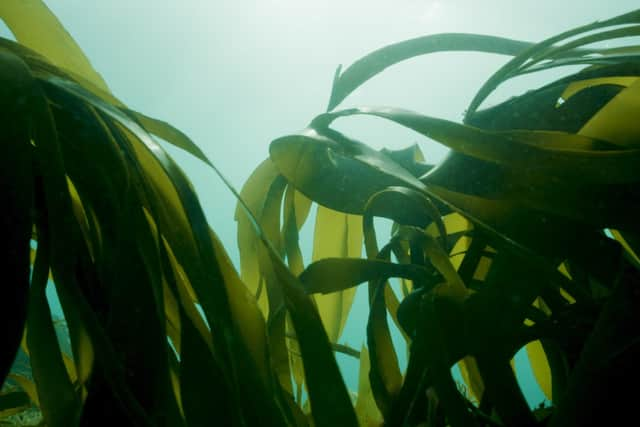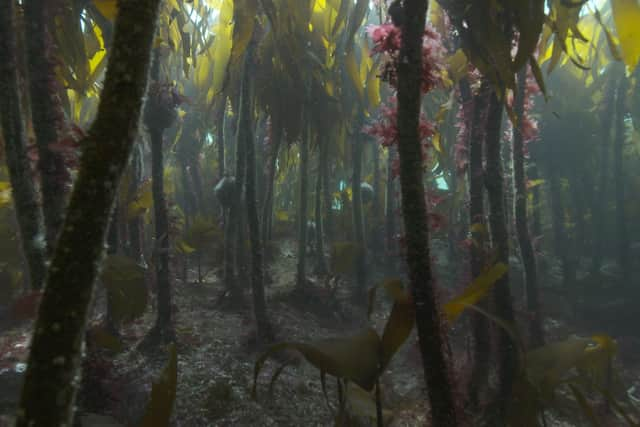Sussex kelp forests: a story of hope is emerging underwater
and live on Freeview channel 276
Historic kelp forests lost for decades are beginning to flourish, demonstrating the ocean’s ability to recover when it’s protected from destructive fishing activity such as trawling.
Today, March 21, 2023, on the the UN International Day of Forests, the Sussex Kelp Recovery Project, a coalition of seven local and national organisations, celebrates its second anniversary with first-hand accounts of ‘unbelievable changes in fish and bottom structure’ with sightings of electric rays and trigger fish, unseen in the area for decades.
Advertisement
Hide AdAdvertisement
Hide AdKelp forms underwater forests which are some of the most productive and biodiverse habitats on the planet.


In northern Scotland, they are home to seals and, as documented in the first episode of David Attenborough’s Wild Isles, the largest predator native to UK waters – orcas, also known as killer whales.
In Sussex, an extensive kelp forest once stretched along more than 40km of the coastline between Shoreham and Selsey Bill.
Tragically, by the start of the 21st century, over 96 per cent of the kelp bed had disappeared with just a few small patches remaining.
Advertisement
Hide AdAdvertisement
Hide AdHaving survived huge storms for centuries, the kelp didn’t return after the Great Storm of 1987, following years of trawling and other human pressures on the seabed, which kelp depends on to colonise.


Two years ago, a local fisheries management byelaw was passed, stopping the fishing method of towing trawls along the seafloor. The Sussex Inshore Fisheries and Conservation Authority (IFCA)’s Nearshore Trawling Byelaw now excludes trawling from 304 square kilometres of Sussex seabed
Sir David Attenborough welcomed the byelaw at the time: “Sussex’s remarkable kelp forests will now have a chance to regenerate and provide a home for hundreds of species, creating an oasis of life off the coast, enhancing fisheries and sequestering carbon in our fight against climate change. This large-scale protection of over 300 square kilometres of seabed is a vital win in the fight against the biodiversity and climate crises.”
Early signs of regeneration are positive. Local diver Eric Smith, part of the Sussex Underwater team, said: “Vast mussel beds are binding the seabed back together with large plaice feeding on them. The kelp is holding its own and many other things are coming back, like soft and hard corals and anemones. The inshore rockpools are teeming with life such as hermit crabs that have been almost nonexistent in the last ten years, with blennies and many more creatures for the kids to find and wonder over.
Advertisement
Hide AdAdvertisement
Hide Ad“As for the fish life, I filmed the first electric ray I had seen for 40 years, and trigger fish have turned up in several spots. Also, large sting rays are back in numbers from Selsey to Worthing.
“Lobsters are coming back to their old haunts in numbers. Small bass are being filmed by people just off the beach with undulated rays being spotted by paddle boarders 400 metres out.